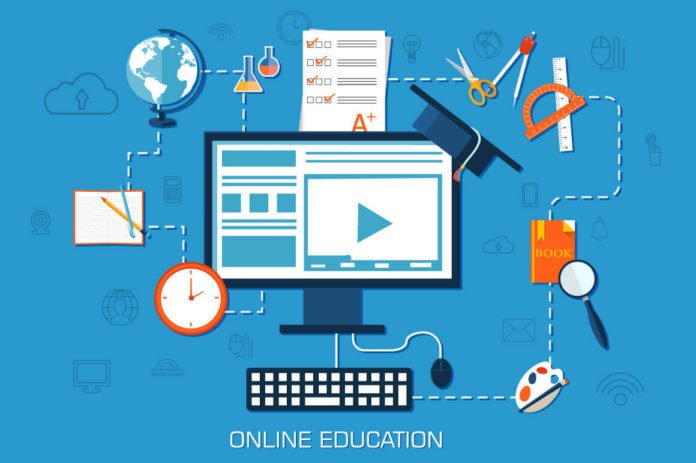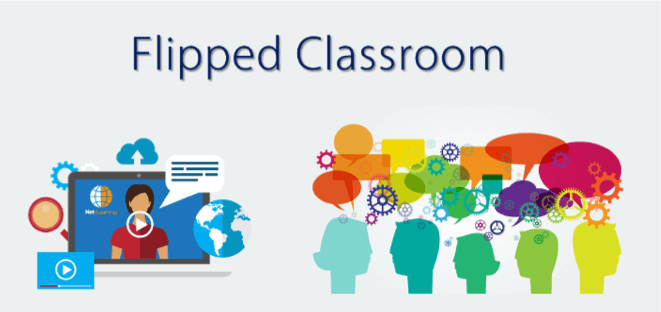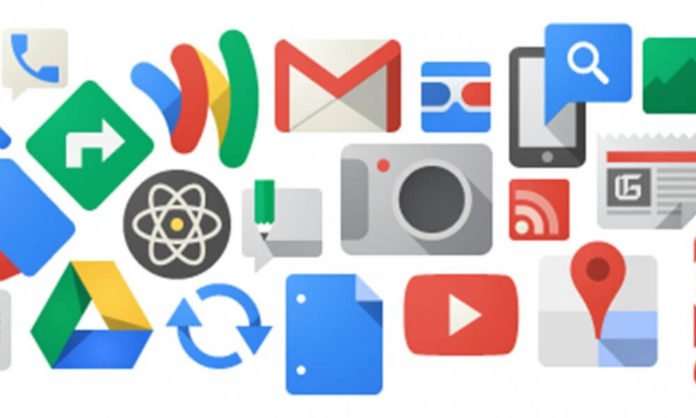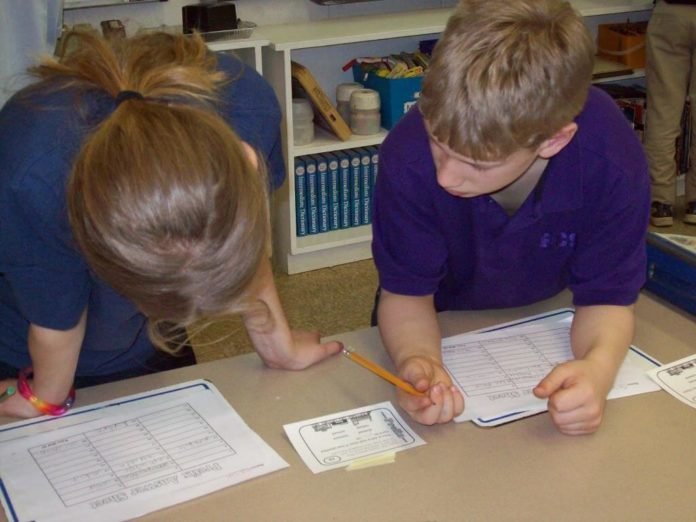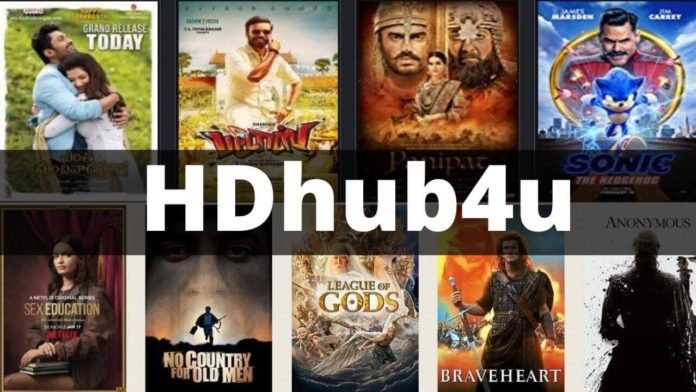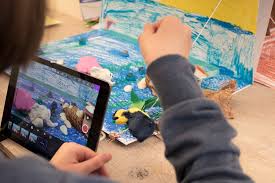Technology has changed the world. Thanks to her, man has developed tangible and intangible products that have improved his quality of life. Therefore, it has entered the educational area acting as a viable means to carry out a teaching and learning process for those students who cannot move to a specific place or require different time for training.
In this regard, it is worth highlighting the importance of virtual classrooms as a different alternative for education, understanding this as the non-physical space where an interaction between teacher and student with educational intentions occurs. Within this process, communication plays a relevant role, since it is the factor that leads to achieving an understanding between the parties involved, thus promoting the interaction that is needed.
Supporting these ideas, López (s / f), defines a virtual classroom as:
An innovative educational resource that allows the teacher and student to access and make use of various means such as chat, web pages, discussion forums, blogs, data repositories, wikis, etc; all this in order to carry out activities that lead to learning.
From the above, it follows that virtual classrooms tend to be an innovative resource due to the capacity they possess to be used as a cohesion element for different technological tools that influence and determine that the training process can proceed normally.
For their part, Cruz and Medina (2017), establish that a virtual classroom associated with new technologies offers didactic contents developed with elements of multimedia characteristics, that is, the integration of text, audio, and video. Likewise, the authors express that when it is an educational process, the name of virtual classroom should change to virtual course, since there the necessary elements are established to involve the student in active participation, with the teacher in charge of generating resources and content. that are of interest to you.
Nowadays, some virtual classrooms are supported by educational platforms such as the LMS (Learning Management System). For Verdún (2016), educational platforms are those “whose main characteristics are the use of a computer network or other multimedia distributions, as well as the multiplicity of mini resources and technological applications (mindtools) that incorporate new interactive possibilities and access to various technological devices. ” (p. 77)
In themselves, virtual learning environments are computer programs used for training that make use of virtual spaces or virtual classrooms to implement there a series of didactic contents and strategies that allow the student to carry out a teaching process with different modalities from the traditional training.
Advantages of virtual classrooms
Among the advantages of virtual classrooms are the following:
-
- They promote the self-learning of the students. Under the theory of constructivism, virtual classrooms provide the necessary resources for the student to create their own knowledge using the necessary tools.
- Based on the constructivist theory, virtual classrooms promote collaborative and cooperative work.
- Avoid the displacement of students and teachers towards a training meeting place.
- It provides another alternative to teaching different from the traditional one.
- Both students and teachers can access resources from anywhere.
According to Camacho (s / f), there are several types of virtual classrooms focused mainly on two general aspects: classical and those related to Information Technology and Management for the Knowledge Society (TISGC) . This is how the classic virtual classrooms are subdivided into:
– Informative: This name is assigned to virtual classrooms where communication is one-way, that is, it acts as a repository showing information from the teacher. In this type of virtual classroom, use is made of printed texts and manuals where the participant has access for consultation. Classroom design is contemplated by behavioral theory. The activities are asynchronous and with support for the classroom. Use of the Internet 1.
-Co municacionales : In this type of classroom communication takes place bi-directionally. In this way, forums, chats and email are started and applied. On the other hand, there is the support of printed texts and use of the Internet 1.
-Link: Web 2.0 is developed, elearning platforms appear, use of manuals and online tutoring.
– Expositives: Web 3.0 is developed, video, audio and animation are introduced as a form of support, using interactive manuals.
– Interactives: Web 4.0 and 5.0 development, application of interactive video and social networks. Inclusion of mlearning processes.
Regarding Information Technologies and Management for the Knowledge Society (TISGC) , the subdivision is as follows:
– Iconographic classrooms: It is developed based on the appearance of web 6.0. Web content is standardized and educational activities are integrated. At the same time, there is a balance of dynamic content and use is made of mobile devices and the generation of knowledge.
– Metaphorical classrooms : This type of classroom is based on educational metaphors. The PACIE 5.0 model is applied. Visual and multimedia impact is generated.
– Fourth generation classrooms : In this type of virtual classrooms, the iconographic classrooms are integrated with the metaphorical classrooms, creating greater visual attraction. Classrooms are usually interactive.
– Immersive classrooms: Classrooms based on three dimensions. Interaction through avatars. 3D educational objects, synchronous and telepresence activities.
– Generative classrooms: Impact of augmented reality. Web 6.0 domain, use of mobile applications.
– Expansive classrooms: Mastery of holographic technology. Use of web 7.0 devices. Use of augmented reality.
In fact, today, virtual classrooms are considered an alternative for education because they usually bring positive benefits that are increased through the use of Information and Communication Technologies. In this sense, the characteristics of virtual classrooms linked to the flexibility of time and space, as well as their advantages, make them become an opportunity for all those who want to obtain knowledge in a different way than traditional education.

